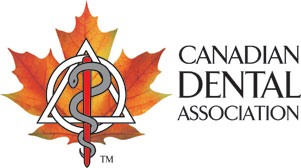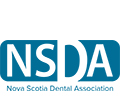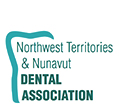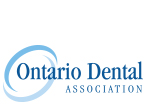The Canadian Dental Association (CDA) supports the American Heart Association (AHA) recommendations that only patients at greatest risk of an adverse outcome from infective endocarditis, an infection of the heart’s inner lining or heart valves, require antibiotic prophylaxis prior to certain dental procedures.
The recommendations, which are outlined in the 2007 AHA Guideline on Prevention of Infective Endocarditis, emphasize that most patients with a history of cardiac health issues do not need routine preventive antibiotics before a dental procedure.
The AHA guidelines are based on a growing body of scientific evidence that indicates the risks associated with prophylactic antibiotic use, including a range of adverse reactions and development of drug-resistant bacteria, outweigh any benefits. To reduce the risk of infective endocarditis, the AHA guidelines emphasize the importance of maintaining excellent oral health through regularly scheduled dental visits and daily oral hygiene, which decreases the incidence of bacteremia associatied with daily activities.
The AHA guidelines include antibiotic regimens prior to dental procedures for patients at risk for infective endocarditis and can be found at:
http://circ.ahajournals.org/content/116/15/1736.full.pdf (accessed 2024-04-15)
Those at greatest risk of an adverse outcome from infective endocarditis should receive single dose preventive antibiotics before all dental procedures that involve manipulation of gingival tissue or the periapical regions of teeth or that perforate the oral mucosa.
The following procedures and events do not need prophylaxis for high risk patients:
- routine anesthetic injection through noninfected soft tissue
- dental radiographs
- placement of removable prosthodontic or orthodontic appliances
- adjustment of orthodontic appliances
- placement of orthodontic brackets
- shedding of deciduous teeth
- bleeding from trauma to the lips or mucosa
For clarity, the AHA guidelines state that prophylactic antibiotics, which were previously routinely administered to certain patients, are no longer needed for such patients.
The following table, based on the AHA guidelines, outline people at greatest risk of an adverse outcome from infective endocarditis and require antibiotic prophylaxis, as well as those for which routine prophylaxis is not needed.
| Antibiotic Prophylaxis IS REQUIRED for patients with: | Routine Antibiotic Prophylaxis IS NOT required for patients with: |
|---|---|
| 1. a prosthetic cardiac valve | 1. mitral valve prolapse |
| 2. a prosthetic cardiac valve repair | 2. rheumatic heart disease |
| 3. a history of infective endocarditis | 3. bicuspid valve disease |
| 4. a cardiac transplant that develops a problem in a heart valve. | 4. calcified aortic stenosis |
5. specific serious congenital (present from birth) heart conditions including:
|
5. congenital heart conditions such as ventricular septal defect, atrial septal defect and hypertrophic cardiomyopathy. |
CDA Board of Directors
Approved: November 2007
Revised: February 2024











